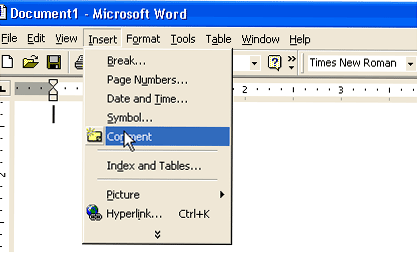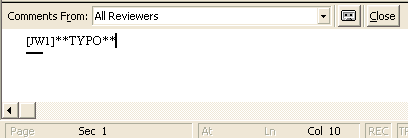| Dear Writer: Your commented HelpGram is below. Please remember that I cannot edit, proofread or correct any mistakes I find in your draft. Instead, I must only point out issues in your HelpGram that you need to improve or modify. It is up to you to revise your HelpGram accordingly. The list below explains the notations in your draft. I have placed them in the highlighted areas of words, phrases, and/or sentences in your draft. Please refer to this list when reading over your paper. This will help you interpret my markings accurately. In addition, I have inserted text comments in your draft. To access the notations and comments, roll your mouse over the highlighted areas in your draft. Thank you for sending your draft.
|


- **A**: An awkward phrase.
- **CITE**: Cite the indicated phrases according to the guidelines in
the avoiding plagiarism page.
- **D**: Delete an unnecessary word, phrase, or sentence.
- **POV**: Inappropriate or inconsistent shift in person.
- **PR**: Proofread symbol, indicates a grammar, spelling, word usage
or punctuation error.
- **SI** (style issue): Style issue, such as a word that can be simplified,
sentences that don't flow well, overly complex sentences, and language
that's not conversational enough.
**T** (tone): Inappropriate tone (such as referring to people as sick, victims, sufferers etc.).
- **TYPO**: Typo, such as a marking, a missed word, an extra word etc.
- **WP**: Phrase or sentence that's wordy and can be written more concisely.
